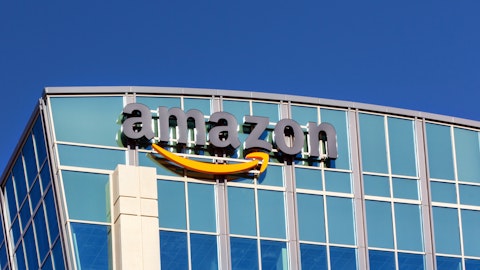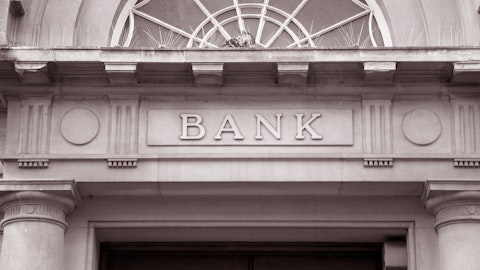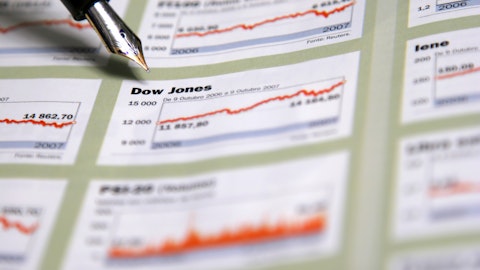Share Repurchases
JPMorgan has the goal of paying out 55% to 75% of its profits in the form of dividends and share repurchases. If the company is paying out 30% to 35% in dividends, that leaves 25% to ~40% more to go toward share repurchases. Effectively, the company may use equal parts dividends and share buybacks for capital returned to shareholders in the coming years.
This can have an important impact. It means that perhaps $6 billion (or more) will be used for buying out partners on your behalf each year. Furthermore, given the lower comparative valuation, this also means that the share repurchase program is apt to be more effective today than it might have been a decade ago.
We could quantify this share repurchase impact with scenario analysis, but let’s keep it simple. What this means is that the business doesn’t have to grow by 6% in order for a shareholder’s underlying claim to grow by this amount.
The business could grow overall earnings by say 4% or 5%, and still generate 6% annual EPS growth. A share repurchase program, especially when used in large amounts and at lower share prices, can fuel some per share growth.
“Leftover” Funds
If the company is targeting a 55% to 75% net payout ratio, this means that there are additional resources available to be deployed productively. Granted some of this may be “tied up” in the way of capital expenses or required obligations, but it remains that additional profits can be used to create more growth and fortify the balance sheet.
The company could use these “leftover funds” for bolt-on acquisitions, continued location growth, or to increase financial strength.
Valuation
The final aspect is thinking about the valuation. Above I demonstrated that earnings-per-share of $10.75 after ten years could be within the realm of possibility. (And remember, this is merely a baseline and ought to be adjusted according to your own expectations.) This is fueled by “organic” growth, share repurchases and allocating “leftover” funds.
Over the past decade shares of JPMorgan have traded with an average multiple of around 11 or 12. Using 11 as a baseline seems like a reasonable estimation. Granted you could argue that a lower multiple is possible, but then again this would further fuel the effectiveness of the share repurchase program and potentially increase the overall growth rate.
Putting It All Together
So let’s put everything we just talked about together. Should shares of JPMorgan Chase & Co. (NYSE:JPM) earn $10.75 in the future and trade at 11 times earnings this would indicate a future share price of about $118. If the dividend grew at almost 8% per year, you would also collect $27 or so in per share dividend payments. Your total expected value would be around $145. In other words, based on today’s share price, that represents an annualized return of nearly 10%. As a point of reference, that’s the sort of thing that could turn a $10,000 starting investment into $25,000 after a decade.
Here’s what that looks like in table form:

The middle column shows the same historical information as presented above, for reference purposes. The right-hand column details the assumptions we just ran through, keeping in mind that is this is only a baseline.
I don’t think that those assumptions are particularly ambitious. You could argue that the 6% earnings growth rate is a bit lofty, but that is slower than the company achieved in the past and could be further boosted by the potential for share repurchases and outside growth.
Beyond that, you’re assuming that the dividend payout ratio doesn’t go above 35% and that shares continue to trade hands below 12 times earnings. It’s not like you need spectacular assumptions to make a compelling case.
Naturally if things turn out better or worse than expected your anticipated returns would follow suit. Although very specific numbers were used, the idea is not to predict things perfectly. Instead it’s about coming up with a baseline and recognizing that a wide range of possibilities can occur.
It’s certainly possible that slower growth may come about in the way of more regulation. Yet I think you have a variety of lasting positives ranging from the potential of higher interest rate tailwinds and an effective share repurchase program to a solid starting dividend yield (that’s expected to grow faster than earnings due to a low payout ratio) and a fair valuation.
Not only that, but you have all of these things coming from what is becoming a better and perhaps safer institution.
Disclosure: This article is originally published on Sure Dividend by By Eli Inkrot.





